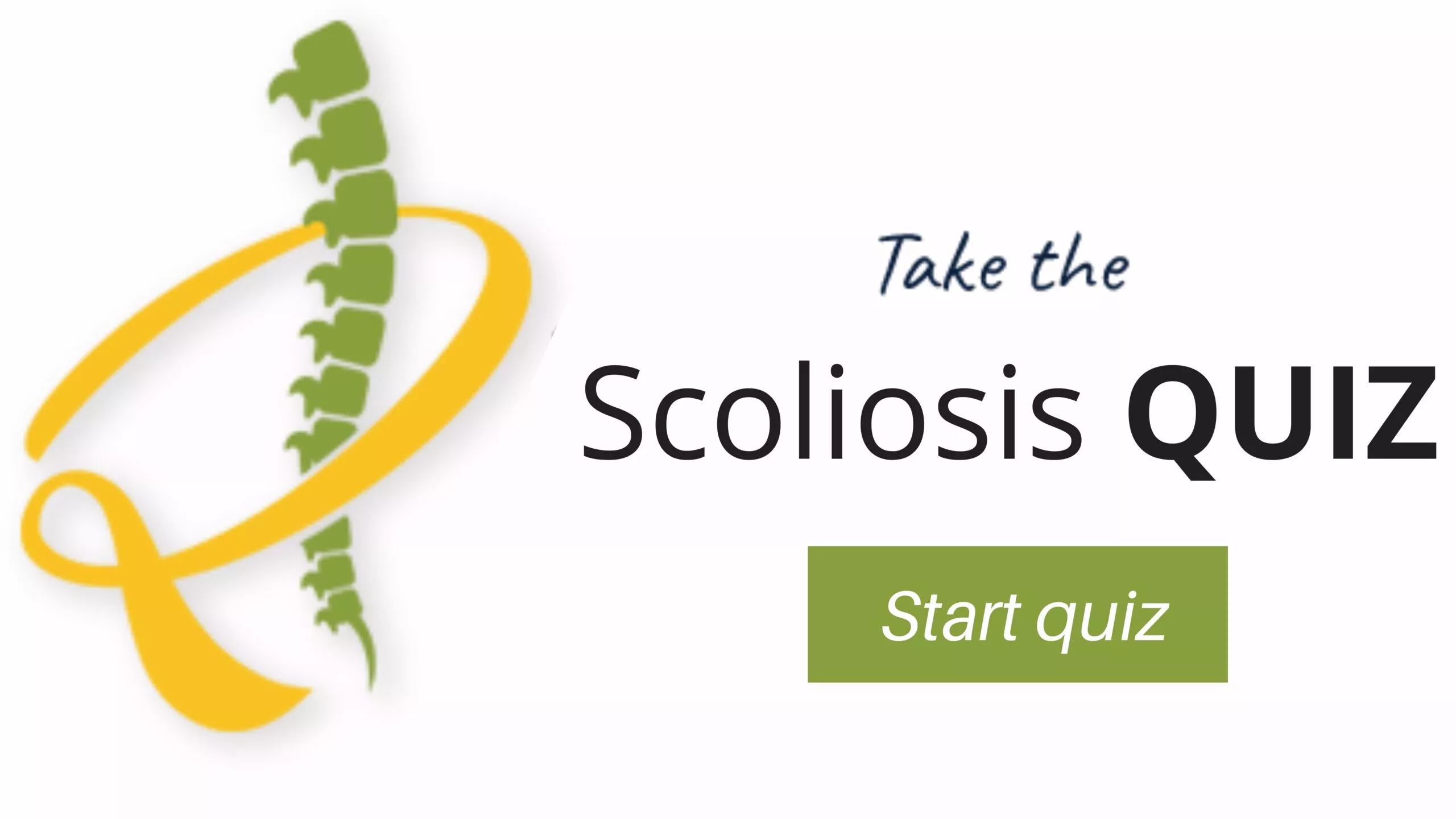
SPINAL INFLAMMATORY DISORDERS
Spinal inflammatory disorders are a group of conditions that cause inflammation of the spine. Additionally, these disorders can affect the joints, discs, ligaments, or even the spinal cord itself. Basically, the most common symptoms of spinal inflammatory disorders are pain, stiffness, and fatigue. Also, other symptoms may include weakness, numbness, tingling, and difficulty walking.
However, there are many different causes of spinal inflammatory disorders, including autoimmune diseases, infections, and genetics. Consequently, our Spinal Inflammatory Doctors treat these disorders by first reducing inflammation and pain — normally with medications, physical therapy, and lifestyle changes.
3 percent of individuals with progressive curvature may eventually experience severe problems that can include scoliosis and back pain, spinal problems, and nerve compression causing numbness, weakness, and leg pain.
Spinal Inflammatory Disorders:
 Spinal inflammatory disorders encompass a range of conditions characterized by inflammation of the spinal structures, resulting in pain, stiffness, and impaired function. These disorders can affect various components of the spine, including the vertebrae, intervertebral discs, and surrounding soft tissues. Understanding the definition and major types of spinal inflammatory disorders is crucial for proper diagnosis and management.
Spinal inflammatory disorders encompass a range of conditions characterized by inflammation of the spinal structures, resulting in pain, stiffness, and impaired function. These disorders can affect various components of the spine, including the vertebrae, intervertebral discs, and surrounding soft tissues. Understanding the definition and major types of spinal inflammatory disorders is crucial for proper diagnosis and management.
Major Spinal Inflammatory Disorders:
- Ankylosing Spondylitis
- Spondyloarthritis
- Rheumatoid Arthritis of the Spine
- Psoriatic Arthritis
- Enteropathic Arthritis
- Reactive Arthritis (Reiter’s Syndrome)
- Juvenile Idiopathic Arthritis
Causes of Spinal Inflammatory Disorders:
Spinal inflammatory disorders can arise from autoimmune processes, genetic predisposition, or environmental factors. In conditions like ankylosing spondylitis, genetic factors, particularly the presence of the HLA-B27 gene, play a significant role. This gene is found in about 90 percent of patients with ankylosing spondylitis, highlighting its strong association with the condition. Such a high prevalence underscores the importance of genetic testing for HLA-B27 as a diagnostic tool, helping healthcare providers identify the likelihood of the disease in patients.
Understanding the genetic link can assist in early diagnosis and potentially guide treatment options, emphasizing the critical role that genetics play in managing this chronic condition.
Questions and Answers
What are the main treatment options for spinal inflammatory disorders?
Your doctor may suggest a mix of drugs, like pain and swelling reducers (NSAIDs). Also, they might recommend drugs to slow the disease or therapies to calm the immune system. Plus, physical therapy and lifestyle changes, such as exercise and posture training, can help ease symptoms.
How can I differentiate between a flare-up of my spinal inflammatory disorder and regular back pain?
Flare-ups of spinal inflammatory disorders often bring more stiffness, worse pain, and tiredness. Additionally, these signs show up in the morning or after long rest. Unlike normal back pain, flare-ups need special drugs from your doctor to ease swelling and control symptoms.
What are the long-term implications of living with a spinal inflammatory disorder?
A spinal inflammatory disorder can affect daily life, causing ongoing pain, less movement, and possible joint harm if not treated. With good care and treatment, many patients can live full lives and reduce the condition’s impact on their well-being. Therefore, regular checkups with your doctor and sticking to treatment plans are key to managing the condition well.
Sacroiliitis Contributes to Spinal Inflammation
Sacroiliitis is a condition that causes inflammation of the sacroiliac joints, which are located where the spine meets the pelvis. This inflammation can contribute to overall spinal discomfort and lead to a cycle of pain.
The Inflamed Connection
- Joint Inflammation: The sacroiliac joints act as a critical link between the lower spine and the pelvis. When these joints become inflamed, it can cause localized pain that spreads to the lower back, hips, and even down into the legs, aggravating surrounding spinal tissues.
- Impact on Mobility: Swelling and soreness in the sacroiliac joints can restrict movement, which compels the body to adopt compensatory postures. These altered postures can strain the spine, potentially leading to further inflammation and pain in adjacent areas.
- Referred Pain: Pain originating from sacroiliitis can manifest as referred pain, affecting different parts of the spine. This referred pain can lead to misalignment and additional stress on spinal segments, contributing to a broader inflammatory response.
- Chronic Inflammation: Over time, chronic inflammation from sacroiliitis may exacerbate conditions like spondyloarthritis, a type of arthritis that affects the spine and large joints. This increases the likelihood of persistent spinal inflammation.
Conclusion
Thus, sacroiliitis not only affects the immediate area around the sacroiliac joints but also sets off a cascading effect that can lead to widespread inflammation of the spine. Understanding this connection is key to addressing the root causes of back pain and reducing inflammation effectively.
Arachnoiditis causes spinal inflammation:
Arachnoiditis is a condition characterized by inflammation of the arachnoid mater, one of the membranes that envelop the spinal cord. This inflammation can lead to intense pain, neurological issues, and various other symptoms due to nerve irritation.
Key Characteristics:
- Chronic Pain: Often severe and stinging, typically affecting the lower back and legs.
- Neurological Symptoms: Includes tingling, numbness, or weakness in the limbs.
- Motor Control Issues: Difficulty with coordination can occur in advanced cases.
Causes and Risk Factors:
- Infections: Bacterial or viral infections can cause inflammation in the spinal region.
- Direct Trauma: Injuries to the spine may trigger or exacerbate symptoms.
- Surgical Implications: Certain spinal surgeries or procedures, like epidural injection, may contribute to scar tissue or irritation.
- Chemical Exposure: Injection of certain dyes or caustic agents during diagnostic tests can lead to adverse reactions.
Understanding these factors can help in diagnosing and devising appropriate treatment strategies for those affected by arachnoiditis.
Ankylosing Spondylitis causes spinal inflammation:
Ankylosing spondylitis is a prevalent type of arthritis that primarily impacts the spine. It is characterized by inflammation in the areas where soft tissues, such as ligaments and tendons, connect to bone.
How It Affects the Spine
- Initial Inflammation: The condition usually begins in the lower back and at the sacroiliac joints, where the spine meets the pelvis. This inflammation can lead to pain and stiffness.
- Tissue Erosion and Bone Growth: Over time, the inflamed tissues begin to erode. As the inflammation diminishes, the body may react by generating new bone in affected areas.
- Restricted Movement: The cycle of erosion and subsequent bone growth gradually limits spinal flexibility. In severe cases, this process may lead to the fusion of vertebrae, restricting movement and potentially leading to a permanent loss of mobility between joints.
The progression can vary, with some individuals experiencing mild symptoms, while for others, it might significantly impact daily activities. Treatment focuses on managing symptoms and maintaining mobility.
Discitis causes spinal inflammation.
Discitis is a rare but serious condition characterized by inflammation in the intervertebral space, or the area between the spinal vertebrae. This inflammation is typically caused by an infection, although in some cases, it may result from autoimmune responses or other non-infectious factors.
Impact on the Spine
- Pain and Discomfort: Discitis often leads to severe back pain, which can be persistent and may limit movement. Patients commonly describe a sharp, throbbing sensation around the affected area.
- Reduced Mobility: As inflammation increases, it can significantly restrict spinal flexibility, making it difficult for individuals to perform everyday activities like bending or lifting.
- Systemic Effects: In some cases, the infection associated with discitis can spread to nearby structures, potentially leading to fever and other systemic symptoms if not addressed promptly.
- Neurological Issues: If the inflammation affects nearby nerves, patients may experience symptoms such as numbness, tingling, or even weakness in the limbs.
Diagnosis and Treatment
- Diagnostic Procedures: Discitis is typically diagnosed through imaging tests like MRI, which provide a detailed look at the spinal structures. Blood tests and a biopsy may also be used to identify the specific cause of the infection.
- Treatment Options: The primary treatment for discitis involves antibiotics to combat the infection, along with pain-management strategies. In certain cases, surgery may be necessary to relieve pressure or stabilize the spine.
Understanding discitis and its potential impacts on spinal health is crucial for early detection and effective management. Always consult healthcare professionals if you suspect symptoms related to this condition.
Symptoms and Diagnosis:
Common symptoms of spinal inflammatory disorders include chronic back pain, morning stiffness, reduced range of motion, and fatigue. Diagnosis typically involves a thorough medical history, physical examination, and diagnostic imaging studies such as X-rays, MRI scans, or CT scans. Blood tests may also be performed to assess inflammatory markers and confirm the presence of autoimmune conditions.
Nonsurgical Treatment:
Nonsurgical treatment options for spinal inflammatory disorders aim to stop symptoms, reduce inflammation, and improve function. This may include nonsteroidal anti-inflammatory drugs (NSAIDs), corticosteroid injections, disease-modifying antirheumatic drugs (DMARDs), biologic therapies, physical therapy, and lifestyle modifications such as exercise and posture training.
Surgical Treatment:
In severe cases or when conservative measures fail to provide relief, surgical intervention may be considered. Surgical procedures for spinal inflammatory disorders may include decompression surgeries to relieve pressure on nerves, spinal fusion to stabilize the spine, or joint replacement in cases of severe joint damage. The specific surgical approach depends on the individual patient’s condition and symptoms.
Benefits of Surgical Treatment:
Surgical treatment for spinal inflammatory disorders aims to address the underlying causes, alleviate symptoms, and improve overall spinal function and mobility. Benefits may include pain relief, improved spinal stability, enhanced quality of life, and the return of lost function, allowing patients to resume daily activities with greater ease.
Recovery Period:
The recovery period following surgical treatment for spinal inflammatory disorders varies based on the type and complexity of the procedure performed, as well as patient factors. In general, patients can expect a period of pain after surgery, followed by gradual rehabilitation and physical therapy to regain strength, flexibility, and function. Full recovery may take several weeks to months, during which close follow-up with doctors is essential.
Rehabilitation:
Rehab plays a crucial role in the recovery process after surgical treatment for spinal inflammatory disorders. Physical therapy programs are tailored to the individual needs of each patient and may include exercises to improve strength, flexibility, and posture, as well as techniques to manage pain and prevent further problems. Occupational therapy may also be suggested to help patients adapt to their daily activities.
Choosing The Southwest Scoliosis and Spine Institute:
Patients seeking comprehensive care for spinal inflammatory disorders can benefit from the expertise of the renowned spine surgeons at The Southwest Scoliosis and Spine Institute. Led by Doctors Richard A. Hostin, Devish Ramnath, and Ishaq Syed, the institute offers state-of-the-art diagnostic and treatment options for a wide range of spinal conditions. With offices conveniently located in Dallas, Plano, and Frisco, Texas, patients receive personalized care in a compassionate and supportive environment, ensuring the best possible outcomes for their spinal health.
____________________
Citation: National Library of Medicine – Spinal Inflammatory Disorders
The medical content on this page has been carefully reviewed and approved for accuracy by the Southwest Scoliosis and Spine Institute’s qualified healthcare professionals, including our board-certified physicians and Physician Assistants. Our team ensures that all information reflects the latest evidence-based practices and meets rigorous standards of medical accuracy, with oversight from our expert spine doctors to guarantee reliability for our patients.
We’re here to help STOP THE PAIN
If you are an adult living with scoliosis or have a child with this condition and need a doctor who specializes in orthopedic surgery,
call the Southwest Scoliosis and Spine Institute at 214-556-0555 to make an appointment today.


